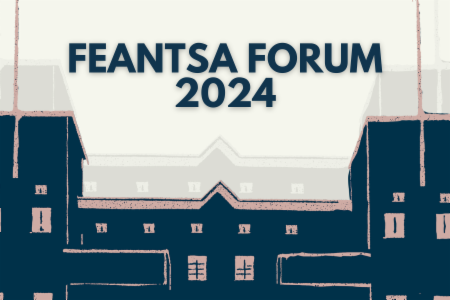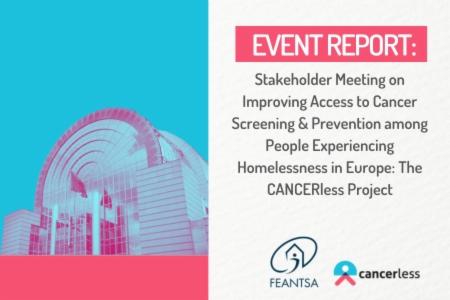REPORT
Upcycling Buildings: Converting Multi-Unit Non-Residential Buildings into Permanent Housing for Those in Need
Read and download the report here (EN, online PDF)
Read and download the report here (FR, online PDF)
In 2020, the coronavirus pandemic forced public authorities to act fast to provide shelter for homeless people and to curb evictions. Many European cities were forced to act as a matter of urgency. A Médecins Sans Frontières study of 818 people across 14 of the NGO’s sites in the Paris region was carried out between 23 June and 2 July 2020. This study demonstrated the effects of overcrowding in reception centres for vulnerable people. It showed that the virus spread more in situations with the greatest levels of overcrowding e.g. where people had to share rooms, showers and kitchen facilities with several other people. To mitigate the risks posed by these potential virus hotspots, use of individualised accommodation has increased significantly.
These emergency solutions have shown how effective government intervention can be when the political will is there. As a result, all across Europe, hotel rooms, vacant private buildings, and modular units have been used to house tens of thousands of homeless people. A November 2020 report by the University of Washington on ‘The Impact of Hotels as Non-Congregate Emergency Shelters during the Pandemic’2 identifies the positive results of an initiative in King County, Washington. Since April 2020, 1,000 homeless people in the area have been transferred from seriously crowded emergency accommodation centres to hotel rooms. The results included limiting the spread of Covid-19 as well as several benefits for users e.g. residential stability and feeling at home, increased engagement with staff, improvements in health, wellbeing and safety, reduction in interpersonal conflicts, greater focus on future goals, etc. The report also highlights the senselessness of returning to overcrowded emergency shelters and the need to find new approaches.
Emergency accommodation is very costly. Investing in long-term housing solutions thus offers an attractive and positive economic alternative for public authorities, although the lead-time for acquisition and/ or development can be long. While social housing units are most suitable for housing people in a dignified and sustainable manner, it is possible – and indeed desirable – to identify complementary solutions such as using and converting other multi-unit nonresidential structures.
These projects require major investment and radical intervention in terms of structural modifications and remodelling, legal and administrative provisions, planning permission, designating the building as residential rather than commercial, meeting standards for fire safety and accessibility, not to mention gaining acceptance from the local community.






